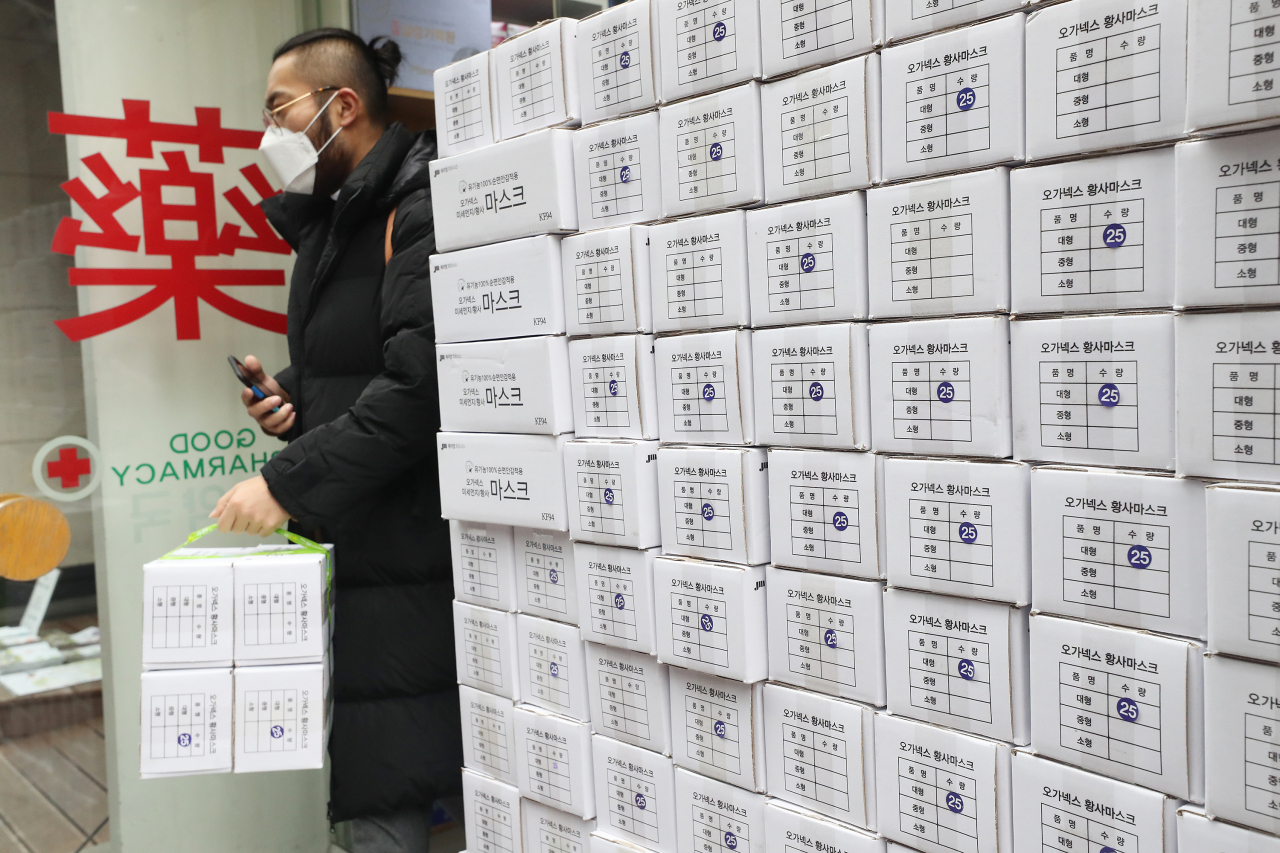In a study of early cases of the Wuhan coronavirus (2019-nCoV), a team of Chinese scientists discussed potential treatments for the rapidly spreading illness.
In the latest issue of the Lancet medical journal, the scientists looked at key features of the virus and its effects in the first 41 confirmed patients.
As the 2019-nCoV is an emerging virus, there is no vaccine or clear treatment specifically targeted to cure it. However, as all 41 patients developed pneumonia, they were all given antibiotics to deal with this secondary infection.
Thirty-eight were also given the antiviral drug oseltamivir -- commonly known by the trade name Tamiflu – and nine were given corticosteroids.
No anti-viral treatment for coronavirus infections has been proven to be effective so far.
But the Lancet study’s authors added that a combination of lopinavir and ritonavir had been associated with positive outcomes in two other coronaviruses that are similar to 2019-nCoV: sudden acute respiratory syndrome (SARS) and Middle East respiratory syndrome (MERS).
The lopinavir-ritonavir combination that is currently available at hospitals showed the least number of adverse outcomes in the SARS outbreak of 2003 and Middle East respiratory syndrome outbreak of 2012.
A trial has been set up to test the efficacy of the lopinavir-ritonavir drug combination, the study said.
As for the use of steroids, while corticosteroids were frequently used to reduce inflammatory lung injuries in SARS, MERS and now the recent outbreak, evidence suggests that the use of such steroids in SARS and MERS patients had no effect on mortality, but instead delayed recovery from the virus.
The Lancet article identified that 73 percent of the first 41 confirmed patients were men -- with half of them aged over 49.
Common symptoms at the onset of illness are fever, cough and muscle pain or fatigue. Less common symptoms are phlegm, headache, coughing blood and diarrhea. Half of the patients suffered difficulty in breathing, which occurred eight days from the onset of illness.
Of the 41 patients, 28 were discharged on Jan. 22 based on abatement of fever for at least 10 days and chest radiographic evidence of improved respiratory tract. Six of the patients had died by this time.
As of Tuesday, there are more than 4,500 confirmed cases across China. At least 100 are reported to have died.
Outside of China, there have been eight reported cases in Hong Kong and Thailand each, followed by Macao, Taiwan, Australia and the US (five), Malaysia, Singapore, South Korea and Japan (four), France (three), Vietnam and Canada (two) and one each in Nepal, Cambodia and Germany.
No death has been reported as yet outside China.
To prevent the spread of the 2019-nCoV, authorities here have advised people to wear K80, K94 and K95 masks, which indicate the tested efficacy in blocking out 80 percent, 94 percent and 95 percent of fine particles, respectively.
Other precautions include washing hands frequently and avoiding contact with those who have recently traveled to China.
The Lancet article is the first clinical data published from the initial cases of the new coronavirus in China.
The full article can be found online on Lancet’s website. It was published on Jan. 24 under the title “Clinical features of patients infected with 2019 novel conoravirus in Wuhan, China” and authored by Chaolin Huang and 28 others.
The journal is operating an online hub page to store all articles it has published in relation to the 2019-nCoV.
By Lim Jeong-yeo (
kaylalim@heraldcorp.com)








